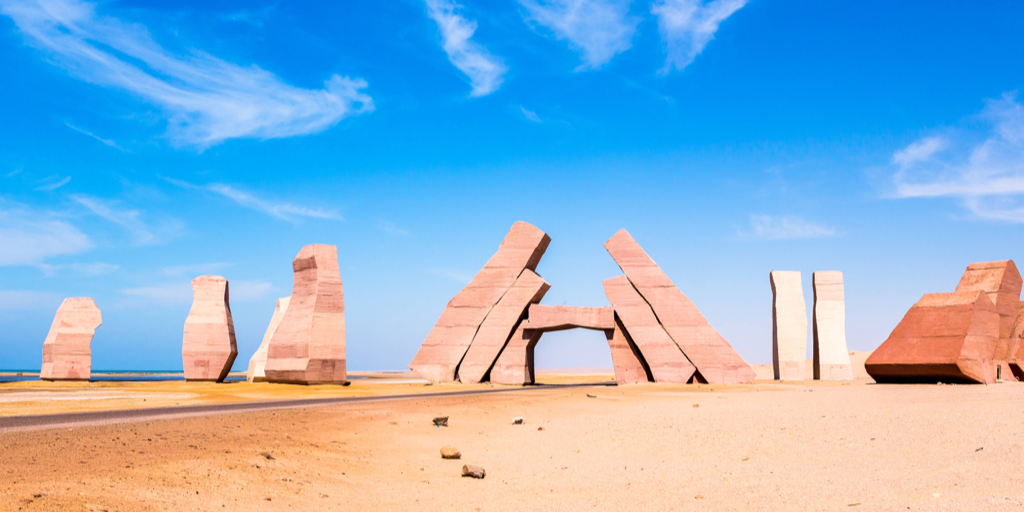Wildlife and nature reserves are allotted areas with the purpose of preserving endangered species of plants and animals without moving them from their natural habitats. The practice promotes biodiversity. It is also an engaging way for individuals to learn about the flora and fauna of their respective countries. As the human population continues to increase, natural resources are consumed at an accelerating rate. This in turn puts the natural habitats and existence of many species under risk. Wildlife and nature reserves have been erected in an effort to mitigate the effects of a growing population and its consequent pollution. In Egypt, there are several wildlife reserves where one can go explore and learn about the country’s nature and wildlife. Here are five to visit: Ras Muhammed National Park Ras Muhammed, located in the Sinai peninsula, is a wildlife reserve that includes part of the red sea on its shores. In Ras Muhammed, one can enjoy the red sea’s eclectic coral reef and marine life. The park is 850 square kilometres of protected area. Over 200 coral species and a thousand fish species live in Ras Mohammed water. It is considered…



